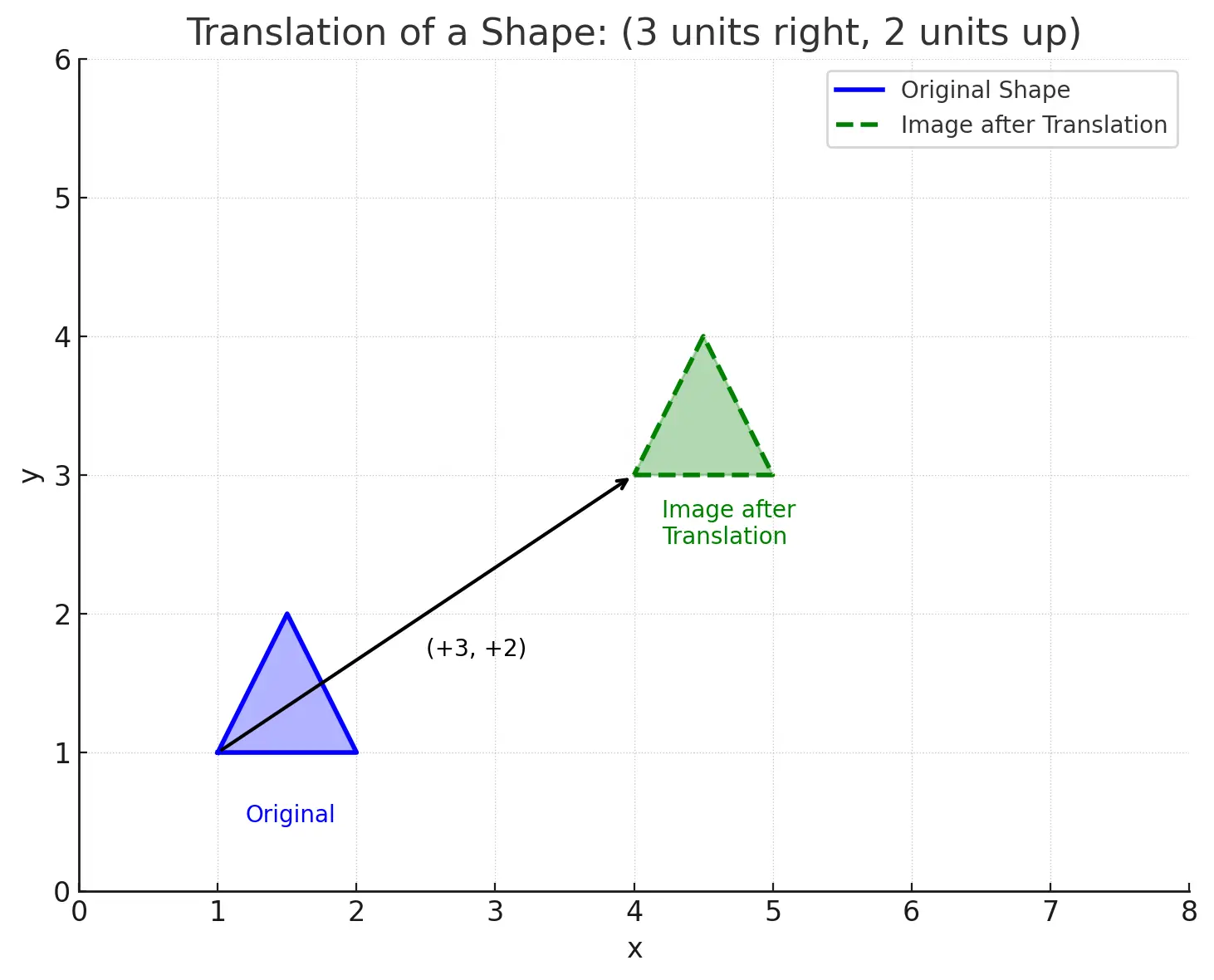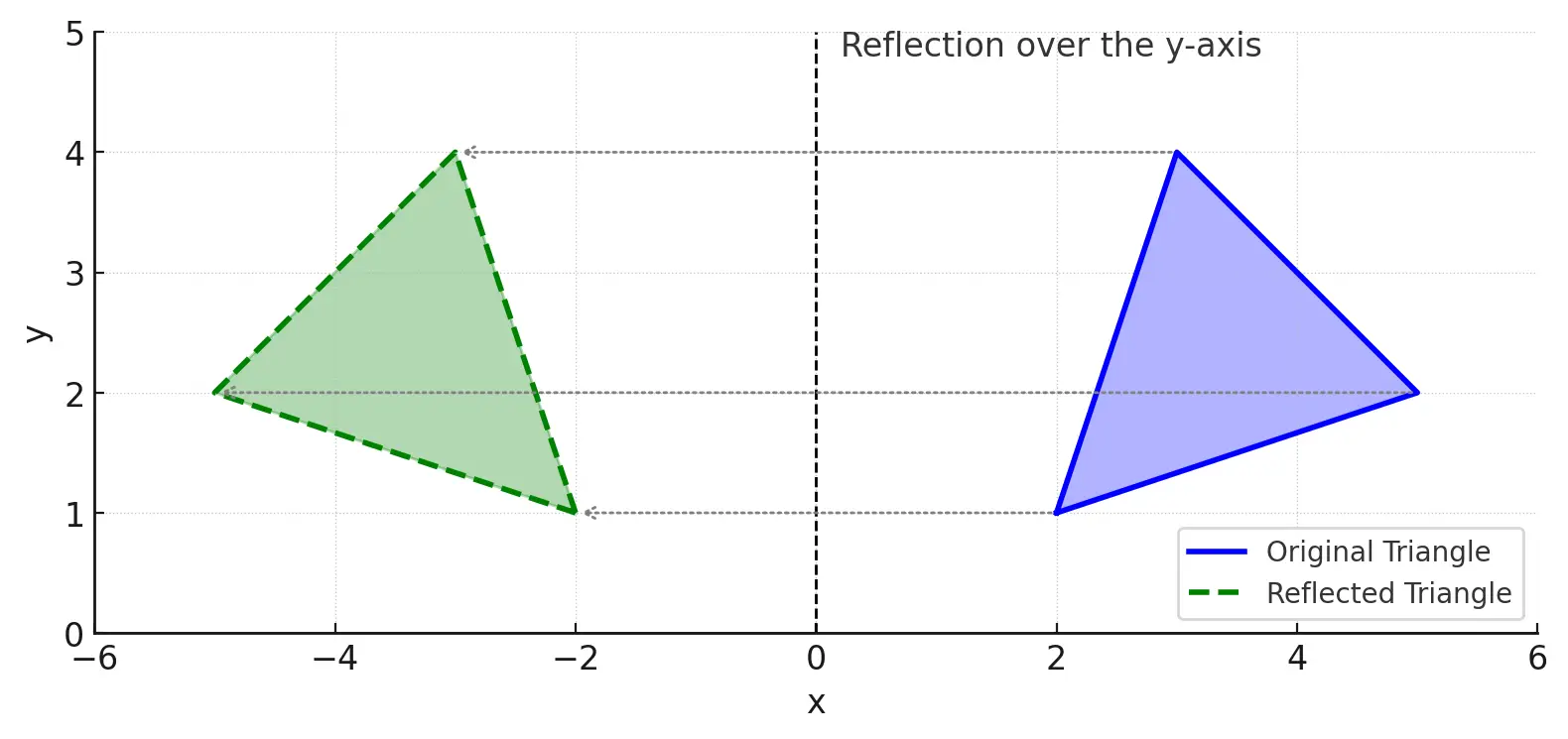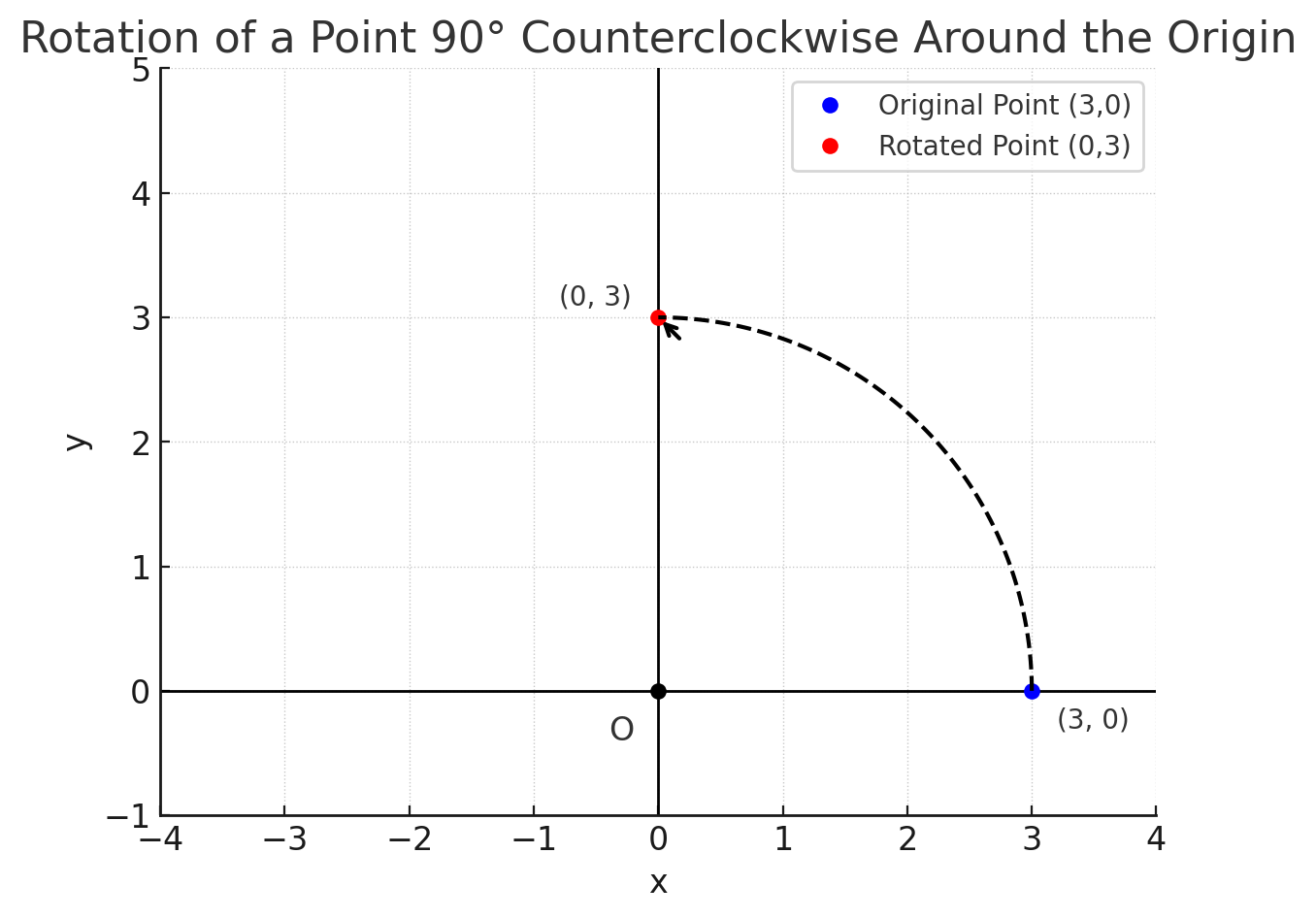Shopping cart
Hello There!
Welcome to GattPrep, your Guide for Life and Learning
Hello, brilliant learner! 👋 In this exciting lesson, we will explore how shapes can move without changing size or shape. When you shift your chair, flip a playing card, or turn a steering wheel, you are performing actions just like the transformations we study in Mathematics! These movements are called Rigid Motions. Let’s learn about Translation, Reflection, and Rotation together, with real-life examples, easy formulas, diagrams (to be inserted later), and fun practice!
Rigid Motion is when a shape moves from one position to another without changing its size or shape. The distance between every pair of points stays the same. That means no stretching, no shrinking, no bending — just pure movement!
| Rigid Motion | Action | Example |
|---|---|---|
| Translation | Slide | Sliding a book across a table |
| Reflection | Flip | Looking in a mirror |
| Rotation | Turn | Turning a key in a lock |
Translation moves every point of a figure the same distance in the same direction. Think of it like sliding!
Key Points about Translation:
Example 1: Moving a chess piece straight across the board.
Example 2: Shifting your schoolbag from your desk to the next desk without lifting it up.
Rule: To translate a point (x, y) by (a, b), the new coordinates become:

Reflection flips a figure across a line, creating a mirror image.
Key Points about Reflection:
Example 1: Your reflection in a bathroom mirror.
Example 2: Folding a paper and having both sides match exactly.
Common Reflection Rules:

Placeholder for Diagram: [Insert Diagram Here: A triangle reflected over the y-axis]
Rotation turns a figure around a fixed point called the center of rotation.
Key Points about Rotation:
Example 1: Rotating the hands of a clock.
Example 2: Twisting a bottle cap open.
Common Rotation Rules (about the origin):

Placeholder for Diagram: [Insert Diagram Here: Rotation of a point around the origin]
Translate P(3, -2) by 2 units left and 5 units up. Find the new coordinates.
Solution:
Answer: (1, 3)
Reflect Q(-5, 2) over the x-axis.
Solution:
Rotate R(0, 4) 90° clockwise about the origin.
Solution:
Section A: Coordinate Changes
Section B: Fill in the Blanks
Section C: Matching
| Action | Type of Transformation |
|---|---|
| Sliding a phone across a table | __________ |
| Looking at yourself in a mirror | __________ |
| Turning a doorknob | __________ |
Today, we explored three powerful transformations:
All are rigid motions because they preserve size and shape. Mastering these transformations makes Geometry easier and more fun!
Imagine you slide, flip, and rotate a paper shape. 🌟
Which movement feels the easiest for you? Which feels trickiest? Reflect on why!